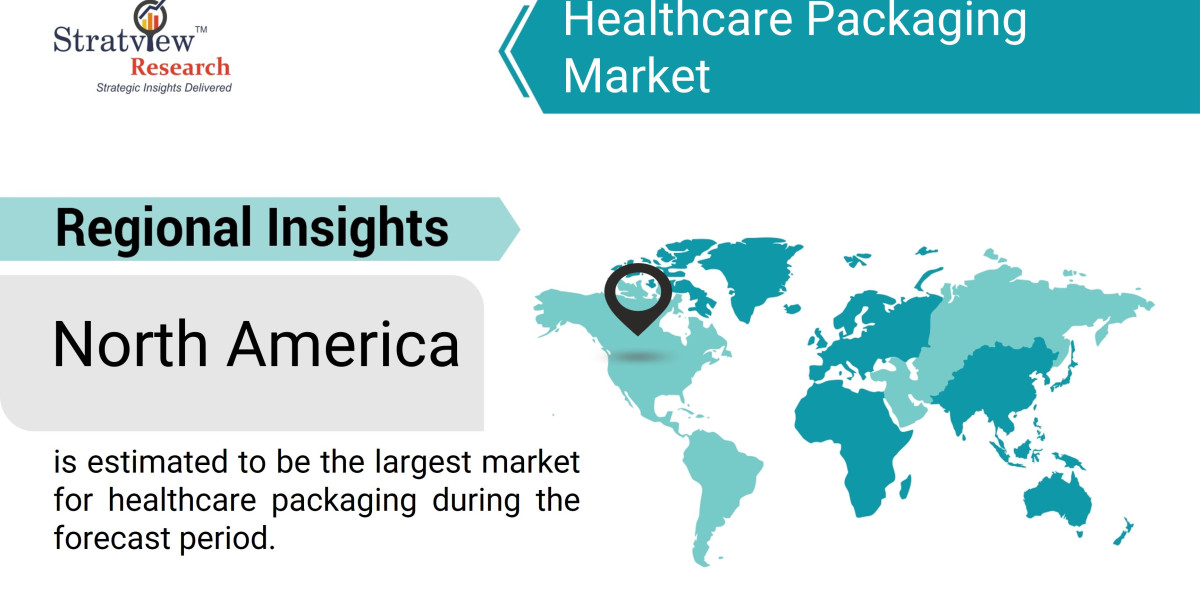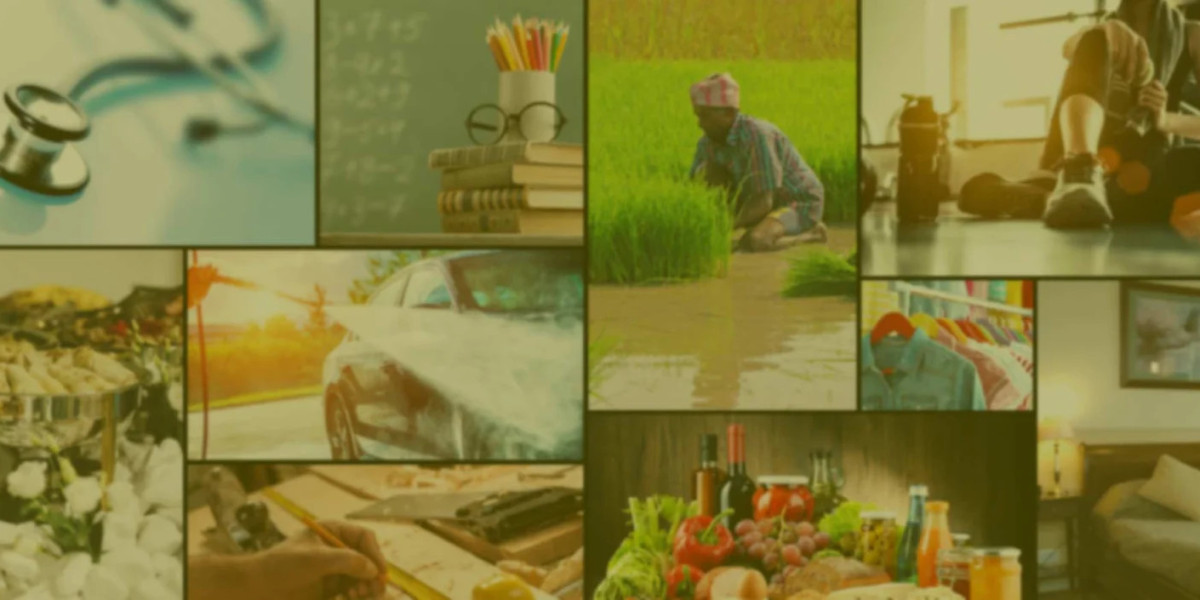The healthcare packaging market is witnessing significant growth as the demand for safe, efficient, and sustainable packaging solutions continues to rise. This sector plays a critical role in protecting pharmaceutical products, medical devices, and biologics, ensuring they remain safe and effective throughout their lifecycle. However, the market also faces several challenges and opportunities that shape its trajectory. This article explores the key drivers, challenges, and opportunities ahead for the healthcare packaging market.
According to Stratview Research, the healthcare packaging market was estimated at USD 110.31 billion in 2022 and is likely to grow at a CAGR of 5.12% during 2023-2028 to reach USD 149.47 billion in 2028.
Key Growth Drivers
The global market for healthcare packaging is influenced by various market dynamics. Below given are a few –
- Increasing demand for pharmaceutical and medical products – The global healthcare industry has grown exponentially in recent years with a hefty demand for pharmaceutical and medical products. Since pharmaceutical and medical products require a high level of protection, the demand for robust and secure packaging solutions has been increasing.
- Growing healthcare e-commerce industry – Online shopping for healthcare products like glucometers, health supplements, fitness smartwatches, oura rings, etc. is becoming common now. With the growing number of online orders, the need for reliable packaging also grows.
- Rising government investments in the healthcare sector – Governments across the globe are investing funds for the research and development of vaccines, drugs, and more. Also, they are implementing new norms in order to upgrade present healthcare programs. This rise, demands healthcare product requirements and packaging equally.
- Government regulations on safe healthcare products – Governments across the globe are imposing stringent regulations on the safety and efficacy of healthcare products. For instance, the US Food and Drug Administration (FDA) has strict regulations on the packaging of pharmaceutical products, that call for tamper-proof and child-proof packaging. Such regulations drive the demand for healthcare packaging solutions globally.
Challenges
- High Costs of Advanced Packaging Solutions: Implementing advanced packaging technologies, such as smart and sustainable materials, often comes with increased costs. These costs can be a barrier, especially for smaller manufacturers who struggle to balance innovation with affordability.
- Stringent Regulatory Compliance: While regulations ensure product safety, they also pose challenges for manufacturers who must navigate complex compliance landscapes. Meeting these stringent requirements can be time-consuming and costly, impacting time-to-market for new packaging solutions.
- Supply Chain Disruptions: The global supply chain for healthcare packaging materials has been strained by factors such as geopolitical tensions, raw material shortages, and logistical challenges. These disruptions can affect production timelines and the availability of packaging products.
Opportunities Ahead
- Expansion in Emerging Markets: The rapid growth of healthcare infrastructure in emerging economies, particularly in Asia-Pacific and Latin America, presents significant opportunities for the healthcare packaging market. As these regions improve access to healthcare, the demand for innovative packaging solutions is expected to rise.
- Innovation in Sustainable Packaging: The push towards eco-friendly packaging continues to open new avenues for growth. Companies investing in sustainable packaging materials and technologies stand to gain a competitive edge as consumers and regulators alike prioritize environmental responsibility.
- Personalized Packaging Solutions: The rise of personalized medicine is creating opportunities for customized packaging solutions tailored to individual patient needs. This trend enhances patient compliance and safety, offering new growth potential for packaging manufacturers.
Conclusion
The healthcare packaging market is on a growth trajectory driven by technological advancements, regulatory compliance, and a rising focus on sustainability. While challenges such as high costs and supply chain disruptions remain, the opportunities in emerging markets and sustainable packaging innovations present a promising outlook. As the industry continues to evolve, companies that embrace these drivers and address the challenges will be well-positioned to thrive in the competitive landscape.



